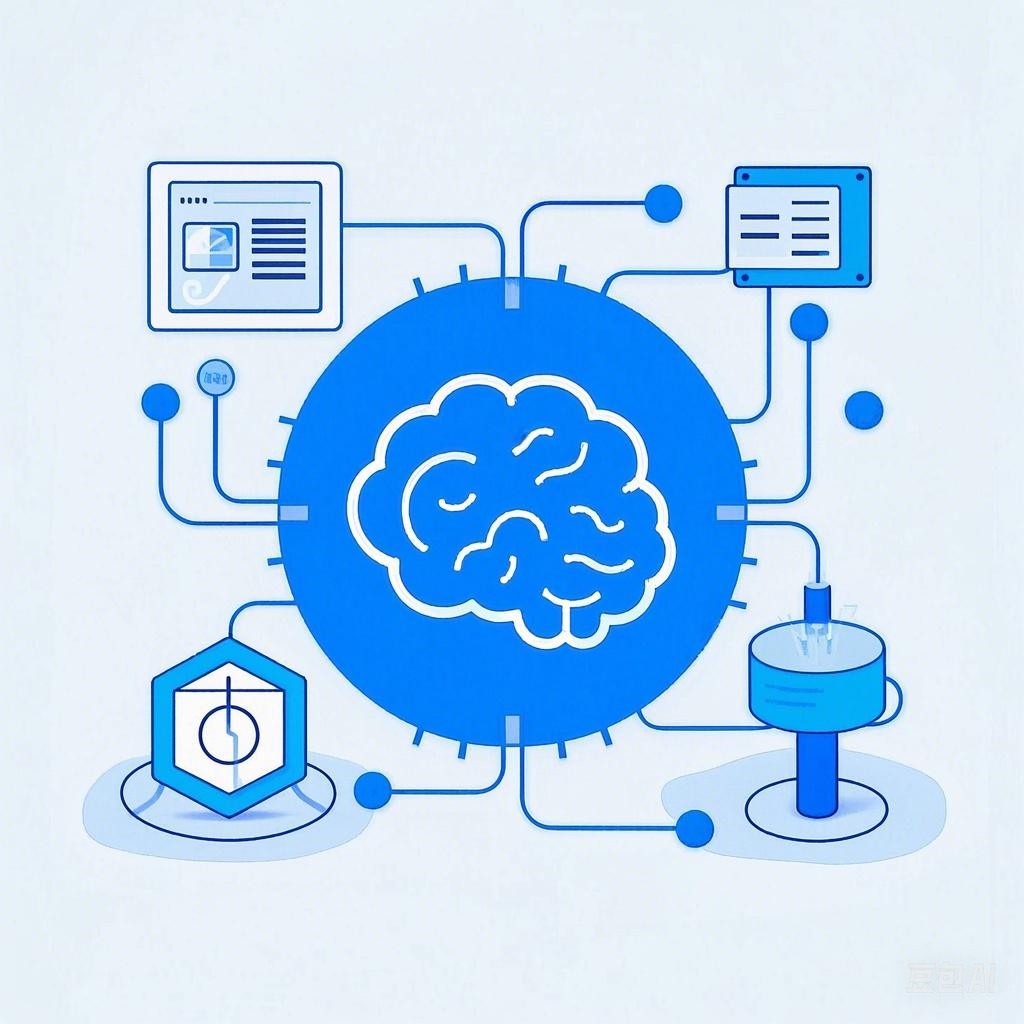交互设计在提升用户体验方面扮演着至关重要的角色。通过精心设计的交互方式,可以显著提高用户满意度、使用效率和品牌忠诚度。以下将详细介绍五个交互设计案例,展示如何通过创新和细致的交互设计,让用户体验飙升。
案例一:智能家居系统
智能家居系统通过集成多模态交互技术,实现了语音、触摸、视觉等多种交互方式,为用户提供更加自然和直观的操作体验。
1.1 语音交互
案例:智能音箱可以通过语音指令控制家中的智能设备,如灯光、空调等。
代码示例(伪代码):
class SmartSpeaker:
def __init__(self):
self.devices = {"lights": Light(), "air_conditioner": AirConditioner()}
def control_device(self, command):
if command == "turn on lights":
self.devices["lights"].turn_on()
elif command == "turn off lights":
self.devices["lights"].turn_off()
# 更多设备控制命令
# 示例使用
speaker = SmartSpeaker()
speaker.control_device("turn on lights")
1.2 触摸交互
案例:智能门锁通过触摸屏实现开锁功能。
代码示例(伪代码):
class SmartLock:
def __init__(self):
self.locked = True
def unlock(self, code):
if code == "1234":
self.locked = False
print("Door unlocked.")
else:
print("Incorrect code.")
# 示例使用
lock = SmartLock()
lock.unlock("1234")
案例二:虚拟现实(VR)和增强现实(AR)
VR和AR技术通过沉浸式体验,让用户仿佛置身于一个全新的环境中,提供了前所未有的交互体验。
2.1 VR游戏
案例:VR游戏《Beat Saber》允许玩家使用虚拟光剑进行打击节奏游戏。
代码示例(伪代码):
class VRGame:
def __init__(self):
self.saber = VirtualSaber()
def play(self):
while True:
hit = self.saber.check_hit()
if hit:
print("Hit!")
# 示例使用
game = VRGame()
game.play()
案例三:智能手表和健康追踪器
智能手表通过小巧的界面设计和触觉反馈,为用户提供了便捷的信息查看和操作方式,同时通过健康数据追踪,帮助用户更好地管理自己的健康。
3.1 健康数据追踪
案例:智能手表可以追踪心率、步数等健康数据。
代码示例(伪代码):
class SmartWatch:
def __init__(self):
self.heart_rate = 0
self.steps = 0
def update_heart_rate(self, rate):
self.heart_rate = rate
def update_steps(self, steps):
self.steps = steps
# 示例使用
watch = SmartWatch()
watch.update_heart_rate(80)
watch.update_steps(10000)
案例四:可穿戴设备
可穿戴设备通过贴身的设计和直观的操作方式,为用户提供了健康监测、消息通知等功能。
4.1 消息通知
案例:智能手环可以振动提醒用户查看手机消息。
代码示例(伪代码):
class SmartBand:
def __init__(self):
self.notifications = []
def add_notification(self, message):
self.notifications.append(message)
def notify(self):
for notification in self.notifications:
print(notification)
# 示例使用
band = SmartBand()
band.add_notification("You have a new message.")
band.notify()
案例五:自助结账系统
自助结账系统在零售业中应用广泛,通过简化的界面和步骤,提高了结账效率,减少了顾客等待时间。
5.1 界面设计
案例:自助结账系统的界面设计简洁直观,易于操作。
代码示例(伪代码):
class SelfCheckoutSystem:
def __init__(self):
self.items = []
def add_item(self, item):
self.items.append(item)
def checkout(self):
total = 0
for item in self.items:
total += item.price
print(f"Total: {total}")
# 示例使用
system = SelfCheckoutSystem()
system.add_item(Item("Apple", 0.5))
system.add_item(Item("Banana", 0.3))
system.checkout()
通过以上五个案例,我们可以看到交互设计在提升用户体验方面的巨大潜力。通过深入了解用户需求、运用创新技术和精心设计的交互方式,设计师可以创造出更多符合用户需求和期望的产品。
